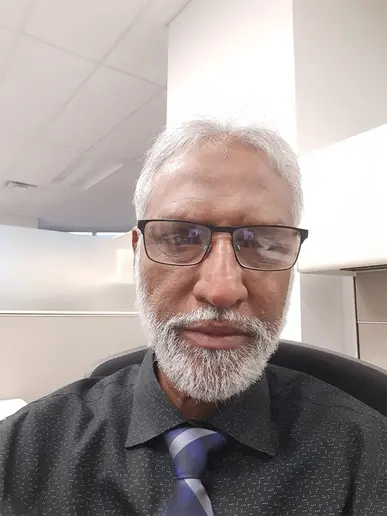

Dr. Syed Misbahuddin


Dr. Syed Misbahuddin
Research that delves into how vital signs of patients in critical condition can be transferred from ambulances to a hospital and physicians in “real-time” will presented in the next Department of Computer and Information Sciences monthly lecture.
Dr. Syed Misbahuddin, of Seneca Polytechnic, Toronto, Canada, will explain how this means of communication would significantly improve the chances of saving lives in his talk, “IoT-Based (Internet of Things) Ambulatory Vital Signs Data Transfer System.”
The presentation, free and open to the public, will be held on Thursday, Nov. 30, at 3:30 p.m., in Science Center Room 110. Refreshments will be served.
In life-threatening situations and other emergencies, patients are generally transported to hospitals in ambulances. The health conditions of these on-board patients can become critically important if they are not evaluated and treated in time, Dr. Misbahuddin said.
“Chances of saving lives can increase significantly if patients’ vital signs inside an ambulance or on-site triage area are transferred to a hospital in real time. If the ambulances are linked to target hospitals, then the physicians in emergency rooms can monitor on-board patients’ vital signs and issue instructions to paramedics to stabilize patients’ medical conditions before they reach the assigned hospitals,” Misbahuddin explained.
Transferred vital sign data may also be archived for medical records.
Research conducted by Misbahuddin proposes the use of an IoT-based low-cost solution to monitor, archive, analyze and tag the vital sign data of multiple patients and transfer that data to the remote hospital in real time. As a proof of the concept, the functionality of the proposed system was validated by developing a prototype model utilizing an IoT-enabled medical sensor board and a Linux server mimicking the remote hospital server.
Misbahuddin, a professor of Software Development and Data Science, has a doctoral degree in Electrical and Computer Engineering from the University of Detroit Mercy, a M.S. in Electrical and Computer Engineering from Kin Fahd University of Petroleum and Minerals, Dhahran, Saudi Arabia, and a B.E. in Electronics from Dawood College of Engineering and Technology Karachi, Pakistan.
His writing has appeared in over 20 research publications and international journals and he has refereed conference proceedings. His extensive teaching and research experience is in computer engineering, with a focus on digital systems. Misbahuddin’s research interests are in embedded systems and Internet of Things (IoT) applications in health sciences and parallel and distributed computing.